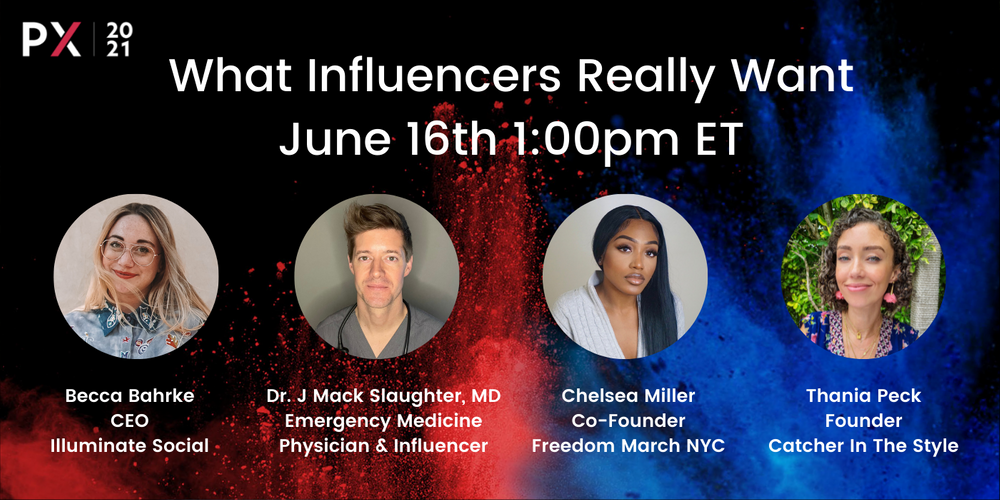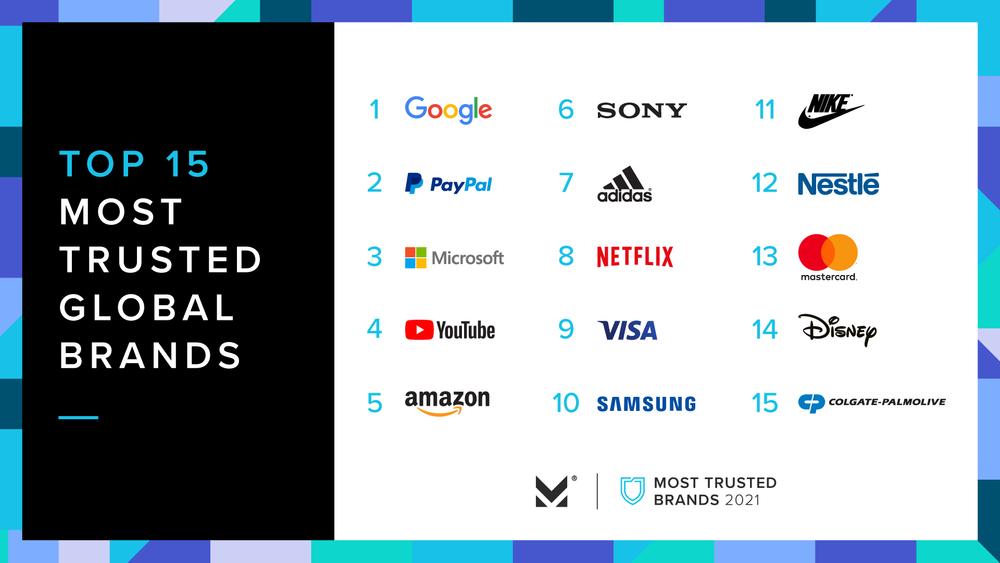|
Good Monday afternoon. Our conversation with Check My Ads is just around the corner. Sign up here to make sure your ads aren’t funding the absolute worst sites on the internet.
In today’s edition:
- There’s a new CMO in town
- Congress tries to beef up antitrust efforts
- The state of global ad spend

— Phoebe Bain, Ryan Barwick, Minda Smiley
|
|
|
Glossier
|
In the Nancy Meyers film What Women Want, Helen Hunt’s character begins her tenure as fictional ad agency Sloane Curtis’s leading lady by telling her direct reports, “Any success l have is a direct result of the team of people that l work with. l know that two heads are better than one. l know that five heads are better than two.”
Glossier’s Ali Weiss—who was promoted to chief marketing officer of the beauty brand last week after serving as its SVP of marketing—is entering her new role with a nearly identical mindset. “It takes [a great] team to build what we've built, and so I'm very grateful for the team and everyone we've worked with in order to make this happen,” she told Marketing Brew.
- Weiss (no relation to CEO Emily Weiss) originally joined Glossier in June 2015, making her one of the now nine-year-old brand’s most tenured leaders.
-
Like many industries, the beauty world had a tough 2020 (raise your hand if you didn’t touch your going out makeup for almost the entire year
 ). But Glossier’s product portfolio saw growth across all its categories—which include makeup, skincare, fragrance, and merch—throughout the year, per a statement Glossier shared with Marketing Brew. ). But Glossier’s product portfolio saw growth across all its categories—which include makeup, skincare, fragrance, and merch—throughout the year, per a statement Glossier shared with Marketing Brew.
-
In October 2020, Weiss oversaw the product rollout for Glossier’s Body Hero Exfoliating Bar and Dry-Touch Oil Mist, as well as its campaign with the WNBA, making Glossier the league’s first beauty partner.
-
And in March 2021, she also spearheaded “Lash Slick: The Movie,” a campaign highlighting Glossier mascara through out of home placements on movie theater marquees.
Marketing Brew sat down with Weiss to chat about her new role, what the future holds for Glossier—and what she wishes she'd known when she first started at the company.
“When I try to think of one word about what we’ve built and what I would have loved to know on my first day, it’s the word ‘experience,’” she told us. “One of the perspectives I've built over the past six years, which I think would have been really helpful for me to know and articulate concretely on the first day, is that the approach to marketing that has worked really well for Glossier—and I believe can be applied more broadly to other types of products and companies and brands—is that marketing is ultimately all about creating compelling and impactful experiences.”
Click here to read the rest of our interview with Ali Weiss.—PB
|
|
|
Francis Scialabba
|
Friday wasn’t a great day to be a monopoly. House lawmakers unveiled a slate of bipartisan legislation that takes aim at Silicon Valley—specifically, four fifths of the FAANG gang: Facebook, Apple, Amazon, and Google.
-
Three of the bills would curb the platforms’ behaviors. Specifically, one would bar self-preferencing, like Google privileging YouTube videos in search results. Another takes aim at mergers and acquisitions, such as Facebook buying Instagram, while a third would stop platforms from putting their own products ahead of competitors’, like Amazon selling its own brand of cleaning products or crewneck sweaters.
-
A fourth bill would raise merger fees to “give enforcement agencies more teeth,” Axios reported, while the fifth should make it easier for consumers to transfer their data to other platforms.
-
Whether the bills will become law is an open question, but there’s already been some bipartisan support.
How’d they become monopolies in the first place? Google and Facebook got there through advertising, and Amazon is challenging them in the space; the three companies made up 64.4% (!) of total US digital ad spend last year, according to eMarketer.
Overseas, the companies are also taking heat from legislators.
Last week, EU regulators proposed a $425 million fine for Amazon, alleging the company improperly collected personal data. On Sunday, Bloomberg reported that the Japanese government is investigating Apple and Google’s dealings with Japanese smartphone makers.
1+ Google recently said it will work with UK regulators to involve them in the death of third-party cookies.—RB
|
|
|
|
You don’t have to read a book by a dead rich guy—just attend this online event on Wednesday.
Influencers hold a whole lot of marketing power waiting to be unleashed. In this week’s session of PX21, the industry’s annual partnership summit hosted by Impact, you can find out how to harness all that power for your brand.
Tune in to What Influencers Really Want on June 16 at 1pm ET to learn...what influencers really want. What does that mean?
- How influencers work with brands
- How 2020 changed their approach to creating content
- What is and isn’t working in influencer partnerships
Plus way more. If you don’t know your ring lights from your link in bio (or even if you do), this is a must-see for building an influencer campaign informed by the latest insights.
Register here to attend What Influencers Really Want.
|
|
|
Ian McKinnon
|
Last week, GroupM said US ad revenue will grow 22% this year compared to 2020—a figure higher than its previous estimates—thanks to better-than-expected digital spend. And a report released yesterday by Magna Global, a division of IPG Mediabrands, also painted an optimistic picture for the remainder of 2021.
Magna forecasts global ad spend will grow to $657 billion this year, a 14% increase year over year—and an 11% bump from 2019. A few reasons for the growth spurt:
- According to Magna, big sporting events like the Tokyo Olympics and the UEFA European Championship attract ad $$. Plus, industries hit hard by the pandemic are starting to recover + spend more.
- Digital ad sales are increasing; the report expects them to surge 20% this year, representing 64% of total ad sales. Vincent Létang, EVP, global market research at Magna, told Marketing Brew the uptick has been “driven by small businesses ramping up digital marketing” + bigger brands “not quite ready to invest in branding campaigns,” the latter opting for lower-funnel digital campaigns instead.
Big picture: Per Magna, linear ad sales (like TV and radio) are predicted to grow 3% to $238 billion in 2021 after last year’s 18% decline. Létang thinks traditional media companies that have historically relied on linear ad revenue will merge to keep up with the likes of Facebook and Google. “The only solution for a maturing industry is to consolidate and grow scale,” he told us.—MS
|
|
-
Google “serves nearly half of all ad traffic on fake news sites,” according to University of Michigan researchers.
-
Starbucks filed a trademark application to put its logo on a “stadium, entertainment space, or sports training facility.”
  
-
Instacart could make $1 billion in advertising revenue by 2022; it brought in $300 million in 2020.
-
Disney World is easing its mask policy for vaccinated guests.
-
In The Heights fell well short of box office expectations, pulling in $11.4 million instead of an expected $20 million. Maybe HBO Max is to blame?
|
|
SPONSORED BY MORNING CONSULT
|
|
Trust us when we say, trust matters. Morning Consult surveyed more than 330,000 global consumers across 15 markets about how much trust matters when deciding what brands to spend money with. The conclusion? Consumer trust is an absolute imperative when it comes to business growth: 90% of consumers said they’d buy more from a brand they trust. Download Morning Consult’s full consumer trust report here.
|
|
|
Francis Scialabba
|
There are a lot of bad marketing tips out there. These aren't those.
Case studies: ICYMI, Johnson & Johnson used LinkedIn to promote its vaccine—here’s a look behind the curtain into its strategy.
Branding: If you missed the Logo Design 101 class in college, this guide is basically that.
TikTok: Hear the head of Instagram, Adam Mosseri, explain what TikTok does better, and what IG plans to do about it.
Top marketing chef: The recent CEO and current CMO of Yum! Brands applied these three marketing ingredients to lead Taco Bell and KFC to double digit growth. You can do the same—no PhD required. Get your copy of R.E.D Marketing today.*
*This is sponsored advertising content
|
|
|
When you reach 3 referrals, you'll be invited to Monthly Exclusive Events with our co-founder Alex and the biggest names in business.

All you have to do is share your link with 3 friends or colleagues and you're an MB VIP.
Hit the button below to learn more and access your rewards hub.
Click to ShareOr copy & paste your referral link to others:
morningbrew.com/marketing/r/?kid=303a04a9
|
|
|
Catch up on a few Marketing Brew stories you might have missed.
|
|
|
Written by
Minda Smiley, Phoebe Bain, and Ryan Barwick
Illustrations & graphics by
Francis Scialabba
Was this email forwarded to you? Sign up here.
|
ADVERTISE // CAREERS // SHOP // FAQ
Update your email preferences or unsubscribe here.
View our privacy policy here.
Copyright © 2021 Morning Brew. All rights reserved.
22 W 19th St, 8th Floor, New York, NY 10011
|
|











